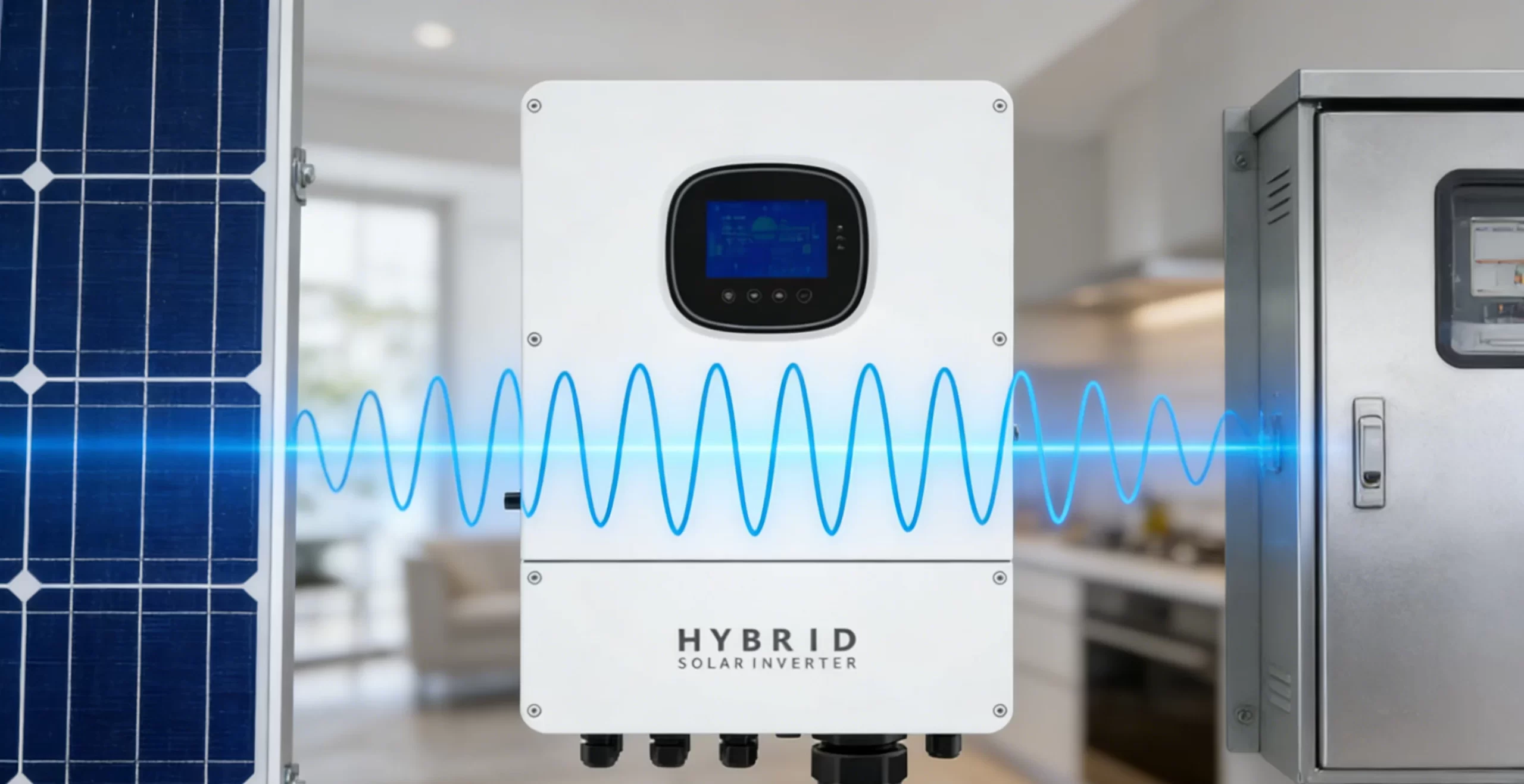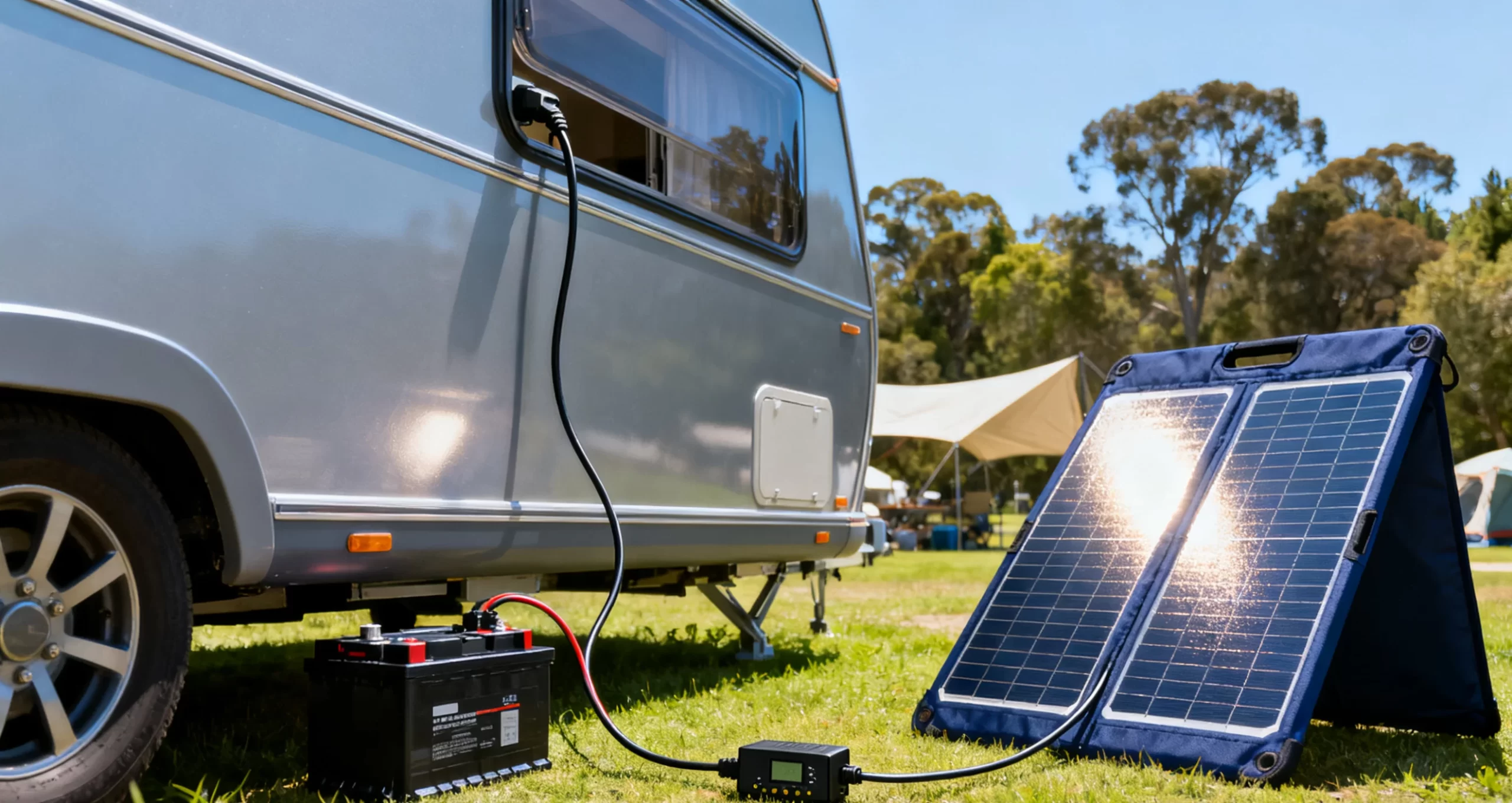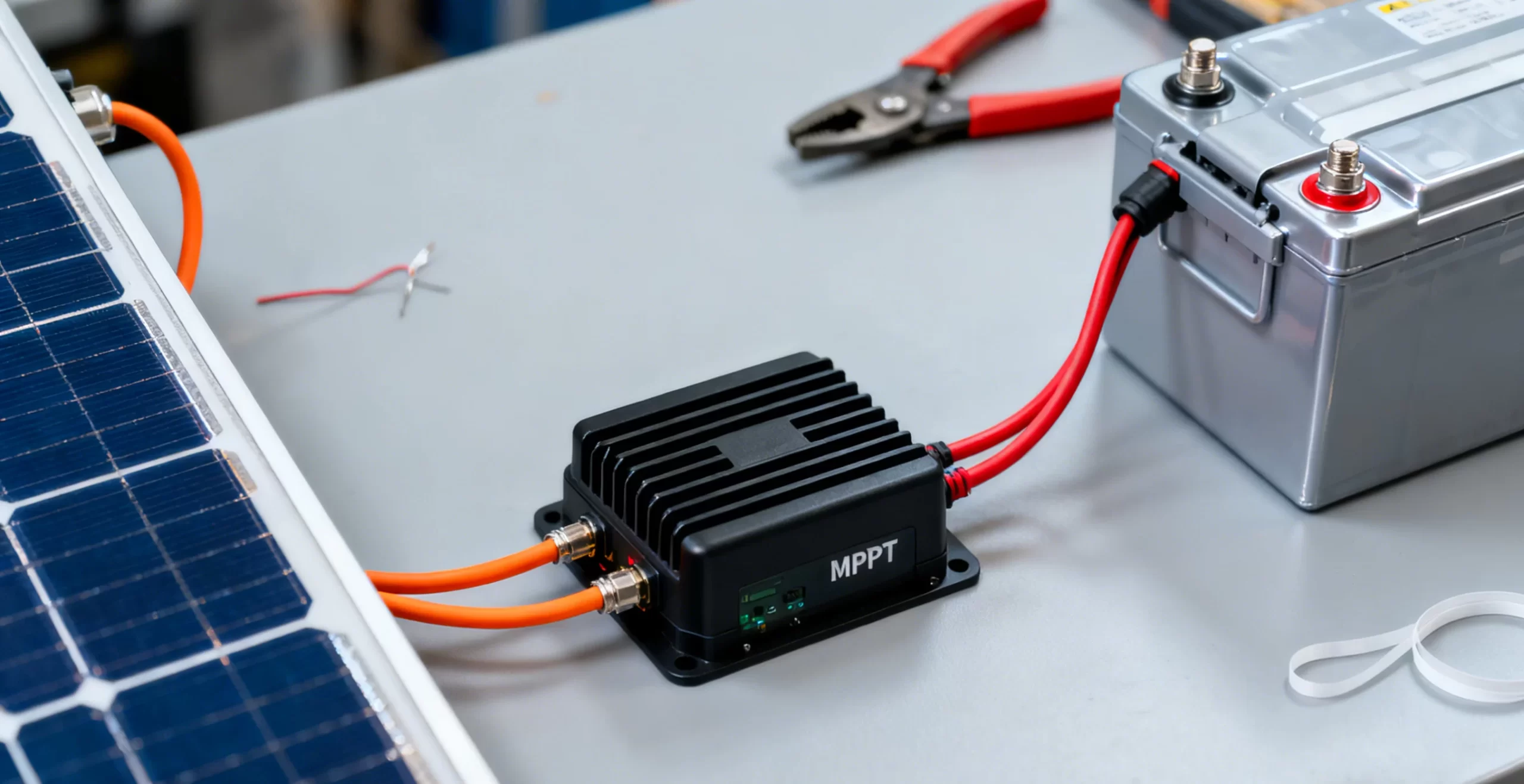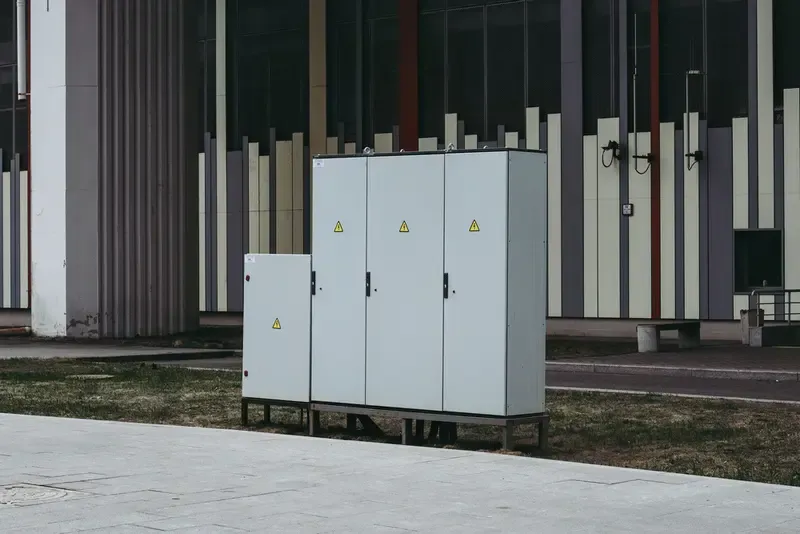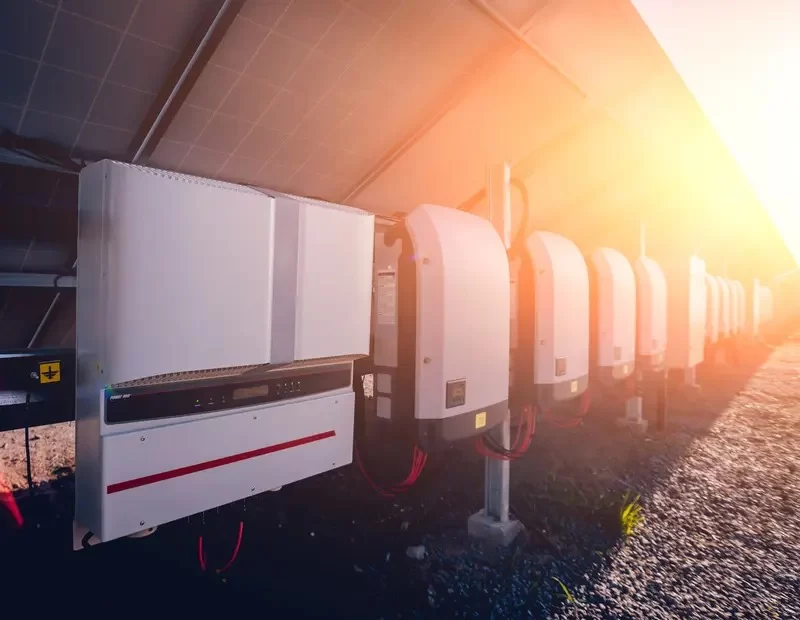- tel:+86-13651638099
- Email: [email protected]
- Official website: www.hj-net.com
- Address: 333 Fengcun Road, Fengxian District, Shanghai
Get A Quote Now!
Understanding Photovoltaic Off-Grid/On-Grid Energy Storage Inverters
The shift towards renewable energy has made photovoltaic off-grid/on-grid energy storage inverters a crucial component in modern home energy systems. These devices are transforming how we harness and store solar power by integrating an inverter, battery, and solar controller into one comprehensive unit. This article delves into what these inverters are and how they function, providing practical insights and examples.

What is a Photovoltaic Off-Grid/On-Grid Energy Storage Inverter?
A photovoltaic off-grid/on-grid energy storage inverter integrates an inverter, battery, and solar controller. It manages the conversion of solar energy into usable electricity for homes, either independently (off-grid) or in conjunction with the main power grid (on-grid). This dual functionality ensures that homeowners have a reliable and sustainable energy source. The inverter and battery price might initially seem high, but the long-term benefits make it a worthwhile investment.
How Does It Work?
To understand the workings of a photovoltaic off-grid/on-grid energy storage inverter, let’s break it down:
- Energy Conversion: Solar panels capture sunlight and convert it into direct current (DC) electricity.
Inversion: The inverter converts this DC electricity into alternating current (AC), which is compatible with household appliances.
Storage: Excess energy is stored in the system’s battery for later use.
Energy Supply: During the day, the system primarily uses solar energy. At night or during cloudy periods, it draws from the stored energy. If both sources are insufficient, the system can switch to grid power, ensuring a continuous supply. A hybrid inverter with battery is particularly effective in managing these transitions smoothly.

Example Scenario
Imagine a suburban home equipped with a photovoltaic off-grid/on-grid energy storage inverter. During sunny days, the solar panels on the roof generate more electricity than the household needs. The inverter converts this surplus energy and stores it in the battery. In the evening, when the sun is down, the stored energy is used to power the home’s lighting, appliances, and electronics.
In case of a power outage, the inverter automatically switches to off-grid mode, using the stored energy to keep essential systems running. This ensures that even during grid failures, the home remains operational, providing energy security and peace of mind. A mini inverter with battery setup can be particularly advantageous in such scenarios due to its compact size and efficiency.
Practical Applications
Off-Grid Mode
In remote areas without reliable grid access, a photovoltaic off-grid/on-grid energy storage inverter is invaluable. For instance, a cabin in the mountains can rely entirely on solar power, with the inverter managing energy storage and supply. The mini inverter with battery option is ideal for such settings due to its compact size and efficient performance.
On-Grid Mode
In urban areas with stable grid access, these inverters help reduce electricity costs. During peak sunlight hours, the system uses solar power and stores excess energy. At night, the system can either use stored energy or switch to grid power if needed. This hybrid approach maximizes efficiency and cost savings, making the hybrid inverter with battery a popular choice for homeowners looking to optimize their energy use.
Conclusion
Photovoltaic off-grid/on-grid energy storage inverters represent a significant advancement in home energy management. By seamlessly integrating solar energy conversion, storage, and supply, these systems offer unparalleled flexibility and reliability. Whether used in remote cabins or urban homes, the ability to operate both off-grid and on-grid ensures that homeowners have a consistent and sustainable energy source.


